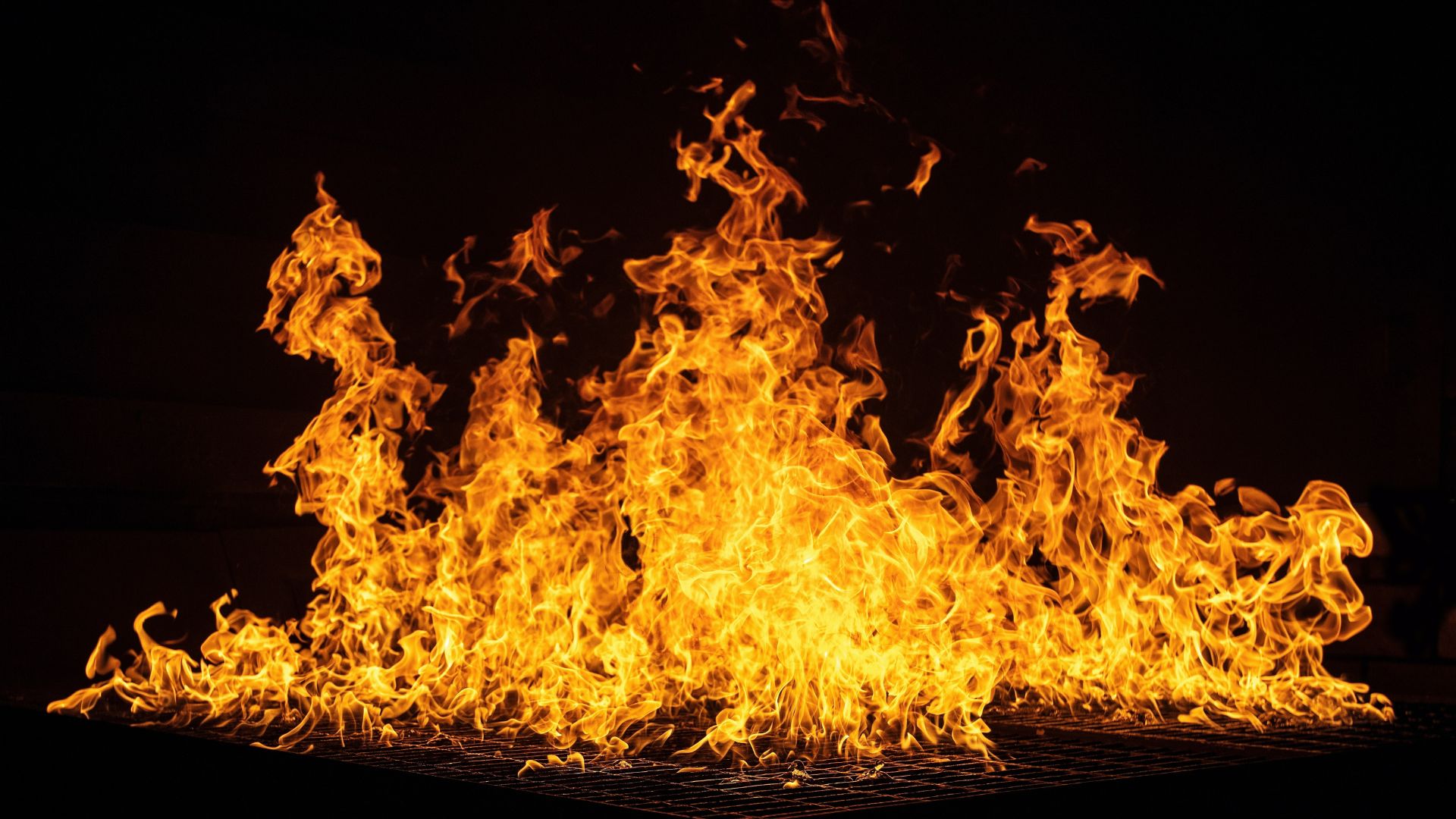As economic uncertainties continue to rise and energy costs keep climbing, solar power has become an increasingly popular alternative energy source for many households and businesses. It's no surprise why—solar energy offers numerous benefits, including reduced utility bills, environmental sustainability, and increased independence from traditional grid reliance. However, while solar panels offer countless advantages, they aren't without their drawbacks. One concern that often arises is the potential risk of fire associated with solar installations. Although it's true that solar panel fires do occur, they remain relatively uncommon. Still, understanding the risks and knowing how to mitigate them is crucial for anyone considering switching to solar energy. Let's explore this issue further by addressing some key questions: How frequently do solar panel fires happen? What causes them? And most importantly, what can you do to prevent them? While solar panel fires are rare, they can and do happen. There isn't extensive public data available regarding the exact frequency of such incidents, but studies suggest that among Germany's 1.7 million installed photovoltaic (PV) panels, approximately 430 have been linked to fires. Of those cases, only 210 were directly caused by the panels themselves. Despite these numbers being low compared to other types of household fires, it's essential for both homeowners and business owners to stay informed about the risks involved. Even though solar panels are generally considered safe and reliable, awareness remains critical when it comes to safeguarding your property against unforeseen hazards. By taking proactive steps, you can significantly reduce the likelihood of encountering issues down the line. Most fires involving PV panels stem from malfunctions in the direct current (DC) isolators or instances of "arc faults"—instances where electric current jumps between two conductors due to damage or poor connections. These arc faults generate extreme heat, which can ignite nearby flammable materials if left unchecked. Other factors contributing to solar panel fires include: Understanding these causes allows us to implement effective strategies aimed at minimizing exposure to danger while maximizing the efficiency and longevity of our solar systems. Fortunately, there are several practical measures you can adopt to ensure your solar installation operates safely and efficiently over time: Engaging certified professionals trained specifically in solar panel installation guarantees compliance with industry standards and adherence to best practices. Attempting DIY installations poses significant risks, including electrical shock, voided warranties, and heightened vulnerability to fire hazards. Always prioritize safety above cost savings when selecting service providers. Opting for premium-quality solar panels ensures superior performance and durability under various environmental conditions. While budget models may seem attractive initially, they often lack the robustness needed to withstand prolonged exposure to UV radiation, moisture, and temperature fluctuations. Investing wisely upfront pays dividends later through enhanced reliability and peace of mind. Regular inspections conducted by qualified technicians help identify early warning signs of wear and tear before they escalate into major problems. Pay close attention to loose wiring, corroded contacts, and blocked ventilation pathways during routine checks. Keeping your system clean and free from obstructions enhances its operational efficiency while reducing fire risks. Enhancing fire protection measures within your home or office premises complements existing safeguards provided by your solar provider. For instance, incorporating non-flammable roofing materials and ensuring proper clearance around the array area reduces the chance of secondary ignition sources coming into contact with combustible substances. Additionally, installing clearly marked emergency shut-off switches near ground level facilitates quicker intervention efforts by responding authorities in case of emergencies. By following these guidelines, you'll create a safer environment conducive to enjoying the many rewards associated with embracing renewable energy solutions like solar power. Should you require additional guidance tailored specifically to your situation, feel free to reach out to us anytime—we'd love to assist you further! Hot medium is put into the jacket for drying, heat exchange is done between the inner wall and materials. After the materials absorb heat, water is evaporated. The evaporated moisture and other gas is exhausted from vacuum pipe by vacuum pump. In the tank it is vacuum state and the rotary of tank makes the materials overturn continuously, so the drying speed is fast and drying intensity is increased, and can achieve the purpose of uniform drying. It is a new style dryer that combines mixing and drying together. It can be used together with condenser and vacuum pump. (If do not need to recover solvent, condenser is not needed). Double Cone Vacuum Dryer,Double Cone Rotating Vacuum Dryer,Double Cone Rotary Vacuum Dryer,Powder Rotary Vacuum Dryer Changzhou Bole Tech Co.,Ltd , https://www.boledrying.com
How Common Are Solar Panel Fires?
What Causes Solar Panel Fires?
How Can You Prevent Solar Panel Fires?
Preventing Solar Panel Fires - 5 Useful Tips